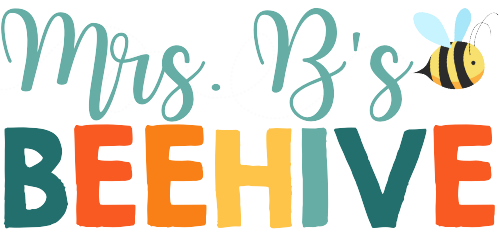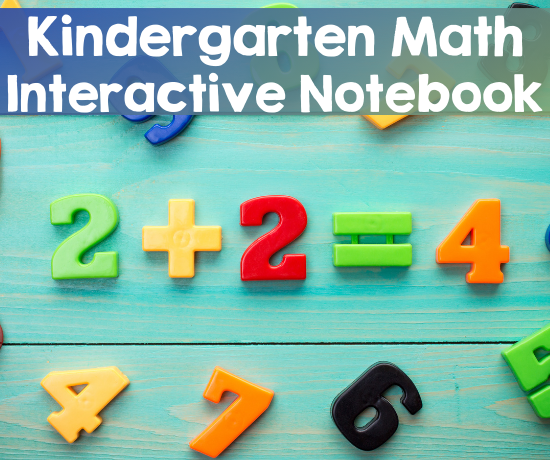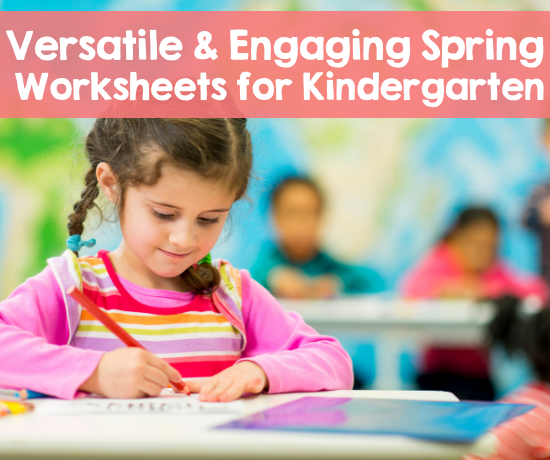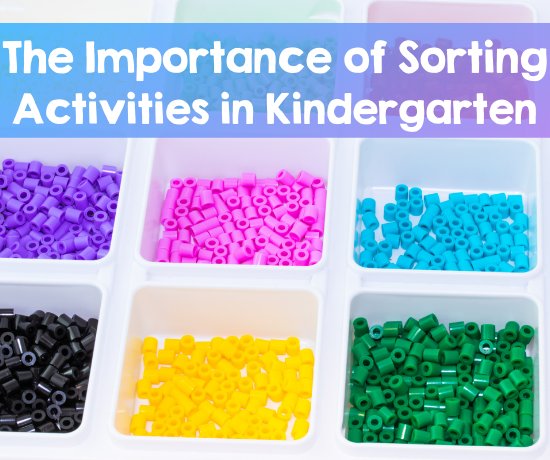As kindergarten teachers, we understand the importance of laying a strong foundation for mathematical skills. Teaching counting and developing one-to-one number correspondence are fundamental skills that pave the way for more complex mathematical concepts later on. However, teaching these skills can sometimes be challenging, especially with young learners. In this blog post, we’ll explore some fun and effective strategies to engage kindergarten students in learning counting and number correspondence.
Teaching Counting with Hands-On Materials
Young children learn best through hands-on experiences. Use manipulatives such as counting bears, blocks, or even everyday objects like buttons or toys to help students physically interact with numbers. Encourage them to touch and move each object as they count, reinforcing the concept of one-to-one correspondence.
I like to take every opportunity I can to give my studetns extra counting practice. Using early finisher time can be a great way to add in some extra counting activities.

Incorporate Games, Activities, and Centers
Make learning fun by incorporating games and activities into your lessons. Simple games like “Counting Bingo” or “Counting Hide and Seek” can engage students while reinforcing their counting skills. Additionally, activities like scavenger hunts or counting walks around the school can provide real-world contexts for practicing counting.
There are so many wonderful counting activites available now. Engage students curiosity with fun counting practice that also helps build fine motor skills!

Teaching Counting Through Songs
Music is a powerful tool for learning, especially for young children. Introduce counting songs and rhymes into your classroom routine to make learning numbers memorable and enjoyable. Songs like “Five Little Ducks” or “Ten in the Bed” not only reinforce counting skills but also help develop number sense. My very favorite counting songs are from Heidi Songs!
Create Counting Books
Encourage creativity and literacy skills by having students create their own counting books. Provide blank booklets or sheets of paper and ask students to illustrate and write numbers from 1 to 10 (or higher for more advanced students). This activity not only reinforces counting skills but also integrates art and language development.
Teaching Counting with Visual Aides
Visual aids such as number lines, ten frames, and counting charts can support students’ understanding of number concepts. Display these aids prominently in the classroom and refer to them frequently during lessons. Encourage students to use them independently as well, providing a visual scaffold for their learning.

Practice Daily Routines
Incorporate counting into daily routines and activities to reinforce concepts consistently. Counting the number of students present each day, counting snacks during snack time, or counting steps when walking in the hallway are simple yet effective ways to integrate counting into the classroom environment. Teaching counting also pairs perfectly with calendar time!

Provide Opportunities for Peer Interaction
Encourage peer collaboration and communication by incorporating partner or small group activities into your lessons. Assign counting tasks that require students to work together, such as counting and sorting objects or taking turns counting aloud. Peer interaction not only reinforces counting skills but also fosters social development.

Offer Differentiated Instruction
Recognize that students may progress at different rates and adapt your instruction accordingly. Provide additional support or challenges as needed to meet the diverse needs of your students. Differentiated instruction can include hands-on manipulatives for struggling learners, extension activities for advanced students, or personalized counting practice based on individual progress.
Teaching counting and number correspondence in kindergarten is a crucial step in building a strong mathematical foundation. By incorporating hands-on activities, games, music, visual aids, and daily routines, we can make learning counting skills engaging and meaningful for young learners. By providing varied opportunities for practice and support, we can ensure that all students develop essential mathematical skills that will serve them well in their academic journey and beyond.






